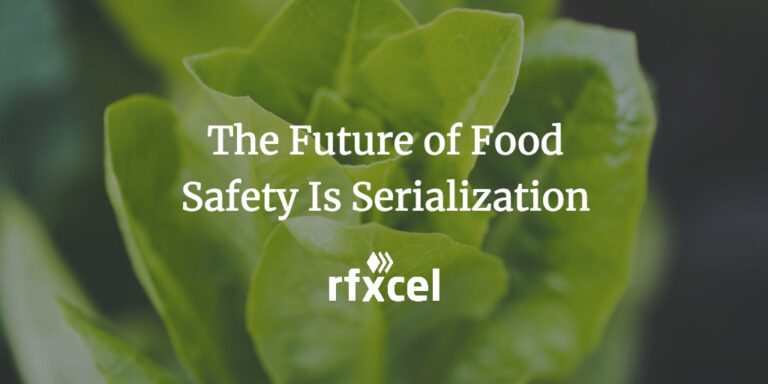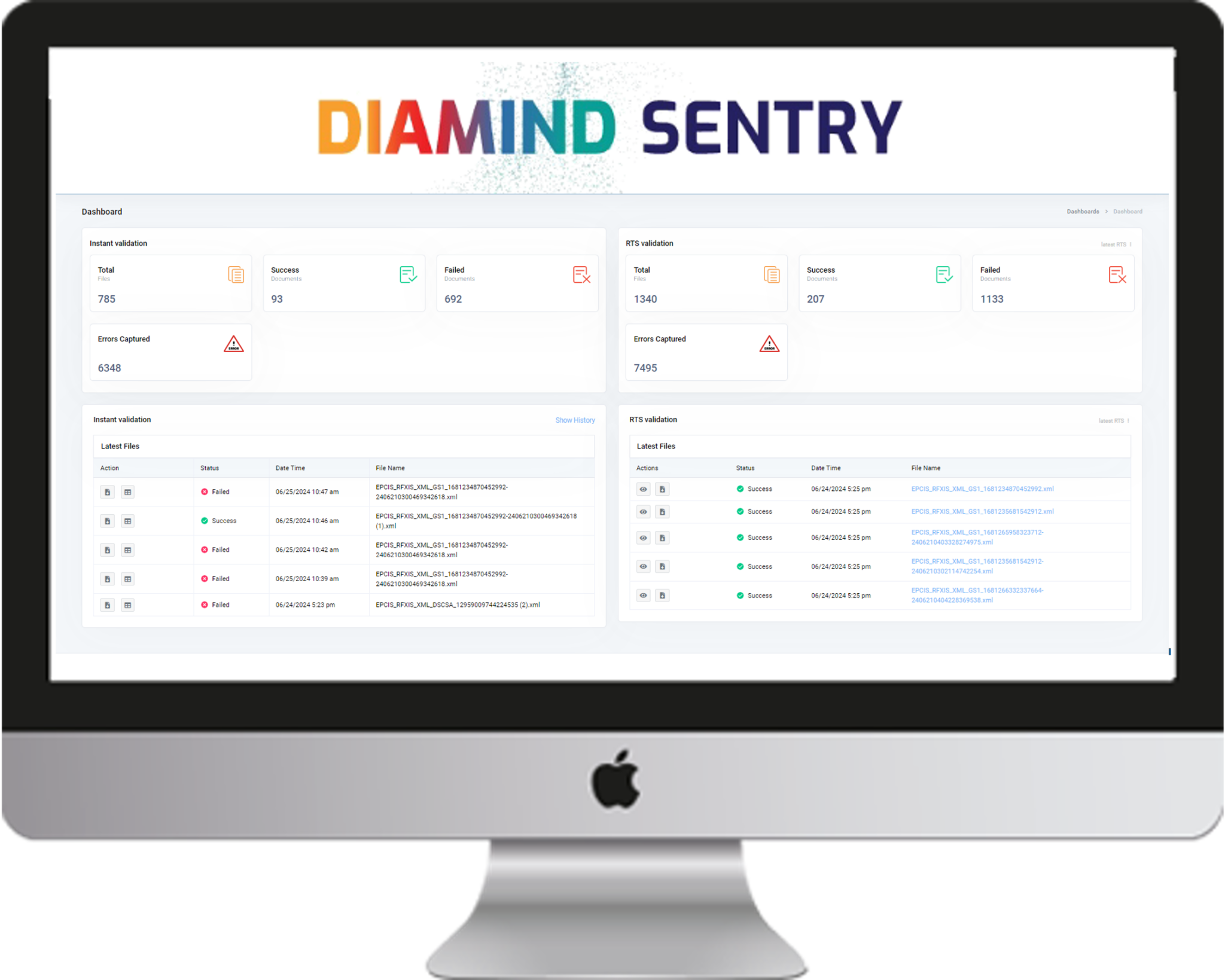The Food Safety Modernization Act wants companies to proactively mitigate risk. Unit-level traceability is the logical next step
Leafy green producers had a terrible 2018.
According to the Centers for Disease Control and Prevention (CDC), E. coli outbreaks linked to romaine lettuce infected 272 people in 39 states and the District of Columbia; of these, 121 were hospitalized and 5 died.1 Outbreaks linked to romaine from the same growing area also occurred in Canada. There was one recall, and both countries issued an advisory for all romaine.
Apart from the human toll, the cost of recalls can be staggering. A 2012 study by the Grocery Manufacturers Association (GMA) and the Food Marketing Institute concluded that the average direct cost of a recall in the United States was $10 million. In a separate study, GMA reported that 18 percent of surveyed multinational corporations had spent $30-$90 million on a single recall, and 5 percent had been involved in recalls with price tags topping $100 million.
Factor in indirect costs such as legal fees and damage to brand reputations and product categories — even entire industries — and it’s easy to see that recalls are a major problem.
During the romaine outbreak, Dr. Bob Whitaker, chief scientific officer at the Produce Marketing Association, advised the leafy greens industry to “ready traceback data.” This was an admission that the food industry had a long way to go to meet the demands of the modern supply chain, where accurate, granular, real-time product data is essential for mitigating emergencies and remaining competitive.
End-to-end, serialized, unit-level traceability is now the standard in the life sciences industry, where, like the food industry, a product’s purity and authenticity can be a matter of life and death. Similarly, serialization has the potential to increase the speed and accuracy of food safety investigations while reducing the scope and cost of recalls and product withdrawals.
Today, we can imagine a world where each bag of lettuce mixes or clamshell of berries has a unique identifier that can be tracked and traced from the exact picker and harvest plot through packing, casing, and palletizing, then on through distribution and retail — all the way to the consumer.
We can also envision empowering consumers to know everything about the pedigree of the exact item in their hand. What if they could scan your item at the store to ensure that it isn’t involved in a recall? What if you could message them after they took it home? What if you could tell them the item they’re holding had been scanned for foreign objects or tested for contamination that same day?
At last year’s Food Safety Consortium in Chicago, representatives from the CDC and U.S. Food and Drug Administration, presented on 2018’s first romaine outbreak, which began in April and appeared to be over by late June. As reported by Food Safety Tech, they identified several challenges, including:
- The production lot information disappears at the point of service.
- Having a commingled product hinders traceback.
- It takes time for authorities to review companies’ records.
- Packaging isn’t transparent about where the product was grown.
Let’s walk through a scenario in which people report getting sick after eating romaine lettuce from packs they purchased at a retail store. With serialization, the chain of events could look like this:
- Consumers who feel sick can report the package’s serial number by phone or perhaps through a link, sent by the retailer, that reads a 2D barcode and transmits the package’s unique number.
- All products from that harvest plot are immediately flagged, as the traceback goes all the way to the pickers/plots, then forward again to the actual items on the shelf — not just to a distribution center.
- With rich data from serialization, we know which items from the case are on the shelf and which are still in the case.
- As more data becomes available, authorities can pinpoint the issue, and only affected items are pulled from the shelf.
The benefits of serialization are great and costs are coming down. Consumers are interacting more with brands and expecting more data about products. Recognizing these realities — and in the ever-present context of the Food Safety Modernization Act — food companies should be looking to serialization and unit-level traceability to provide the data to safeguard their operations and thrive in the marketplace, today and in the future.
1See CDC information from June 28, 2018, and January 9, 2019.





